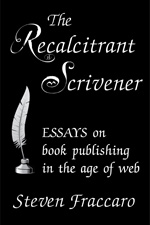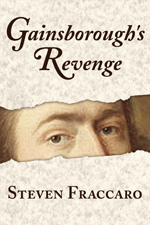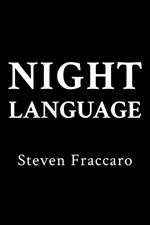The Divine Comedy
is one of the pinnacles of world literature. The first section, the Inferno, is nevertheless an extreme
work, perhaps the most extreme ever written. Reading it for the third time in as many decades, it occurs to me that I
really do need to move on to the
Purgatorio and Paradiso. For
however fierce its poetry and striking its visual imagery, the Inferno represents a repulsive and indeed
repellent view of the world.
I regret that I know Dante only via English translations, though
even I can get some sense of the verse by reading the Italian aloud from a
bilingual edition. The translation I tend to use is by John Ciardi, though I’ve
looked through and consult the Pinsky and Hollander editions, among others. Aside
from the sound, there is the miraculous visual sense, which does manage to come
through in translation. It is the poet’s supreme mastery of visual description
in the Inferno that led certain Victorian
writers to refer to Dante as the “master of the disgusting.” I would add that
the only writer I know of who manages the grotesque in an analogous manner is
William Burroughs in Naked Lunch—it’s
just that Burroughs writes from a diametrically opposed moral viewpoint.
Previously, Dante’s worldview didn’t bother me, I simply regarded it as a given.
This time around was different.
The main problem with the Inferno is that Dante the author is playing God. For it is he and
he alone who decides who winds up in hell, including which level of hell they
are consigned to and what punishment they receive. It might be possible to
shrug this off, or to claim that Dante was “divinely inspired,” but then we hit
upon one stubborn fact: Dante has consigned no fewer than five popes to hell,
including Boniface VIII, who was pope in 1300, when the action of the poem
takes place. To us, in the twenty-first century, this may be amusing, but in
the early fourteenth century, it was deadly serious. The papacy was a major
political force in the Italian peninsula, and Boniface was a political enemy of
Dante’s, the patron of the Black Guelphs, as opposed to Dante’s Florentine
faction, the White Guelphs. The question is, why wasn’t Dante excommunicated?
Why wasn’t the poem banned?
Remember there was no printing in Dante’s time. The Divine Comedy, when completed in 1321,
was circulated among Dante’s friends, mainly fellow poets. The poem’s prestige
mounted from there. By the time the papacy became fully aware of the Inferno, Boniface was dead and in
disgrace, and his successors were less interested in preserving his good name.
Beyond this, Dante in no way encourages sin, quite the reverse in fact. In
time, the Church probably saw the Inferno
as a useful means of frightening people, and incorporated a certain amount
of the poem’s imagery in its doctrinal descriptions of hell.
What we encounter in Dante is a panorama of souls who are
tortured in ways that are often far worse than any crime they may have
committed. The sadistic nature of the punishments needs to be emphasized. These
are tortures devised by a vengeful human being. And the punishments are
shockingly grotesque—Ugolino gnawing the brain of his enemy Archbishop Ruggieri
is just one example.
Where Dante might be construed as genuinely heretical is not
in his treatment of the papacy, but in his taking upon himself the divine
prerogative of judgment. Not even Aquinas would dare to do this. And the logic of Dante’s judgments doesn’t stand
up—he has consigned the flatterers to a far lower region of hell than simple
murderers. Mythological characters who rebelled against Zeus are sent to the
furthest depths. Brutus and Cassius reside next to Judas Iscariot as the worst
of mortal villains, eternally devoured by Satan. Follow this chain of
reasoning, and the assassination of Julius Caesar is morally equivalent to the
crucifixion of Christ.
In answer to this, the distinction between Dante the creator
of the self-enclosed world of the Inferno
and Dante the naïve and awestruck protagonist of the poem needs to be
understood. In the fourteenth century, readers of the poem generally believed that
Dante had in fact been to hell, purgatory, and heaven and returned to relate
what he had seen. Few modern readers approach the poem in this way.
No doubt the Purgatorio
and Paradiso are more in line with
orthodox Catholic teaching—in heaven, Beatrice expounds at length on various
theological points and matters of doctrine. Many readers never make it this
far. It is hell that readers throughout the ages have found the most
compelling. Which may say something about all of us as human beings.
Postscript
Dante scholars will no doubt bristle at much of what I have
said. Perhaps my thesis is the “elephant in the room,” something no one
mentions but everyone is aware of. Dante’s moral and logical inconsistencies in
no way detract from the aesthetic effect of the Inferno, which contains some of the most powerful and transcendent
language ever devised.
Throughout the Inferno,
there are a number of exchanges that take place between the protagonist and the
damned. Aside from the Paolo and Francesca episode, my favorite is the scene with
Farinata degli Uberti, who was a leader of the Ghibellines, archenemies of the
Guelphs. Farinata and the protagonist acknowledge each other, politely mock
each other, and ultimately treat one another with respect. All very medieval.





